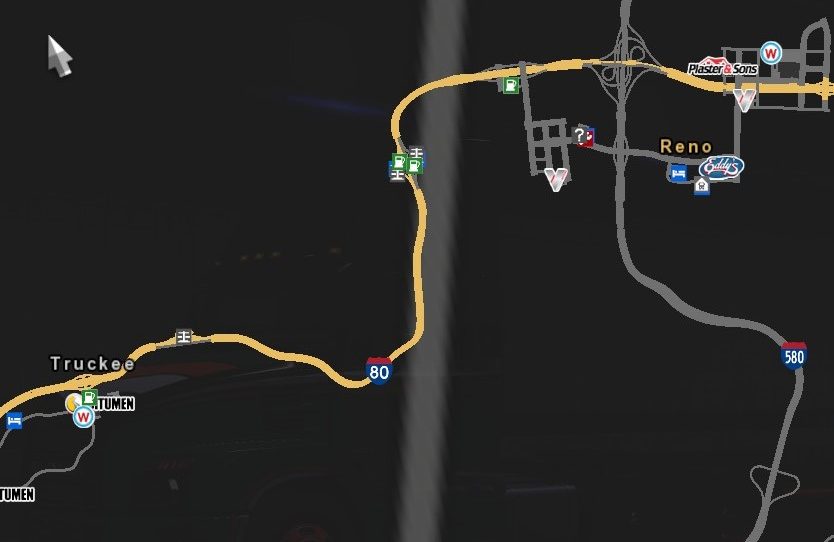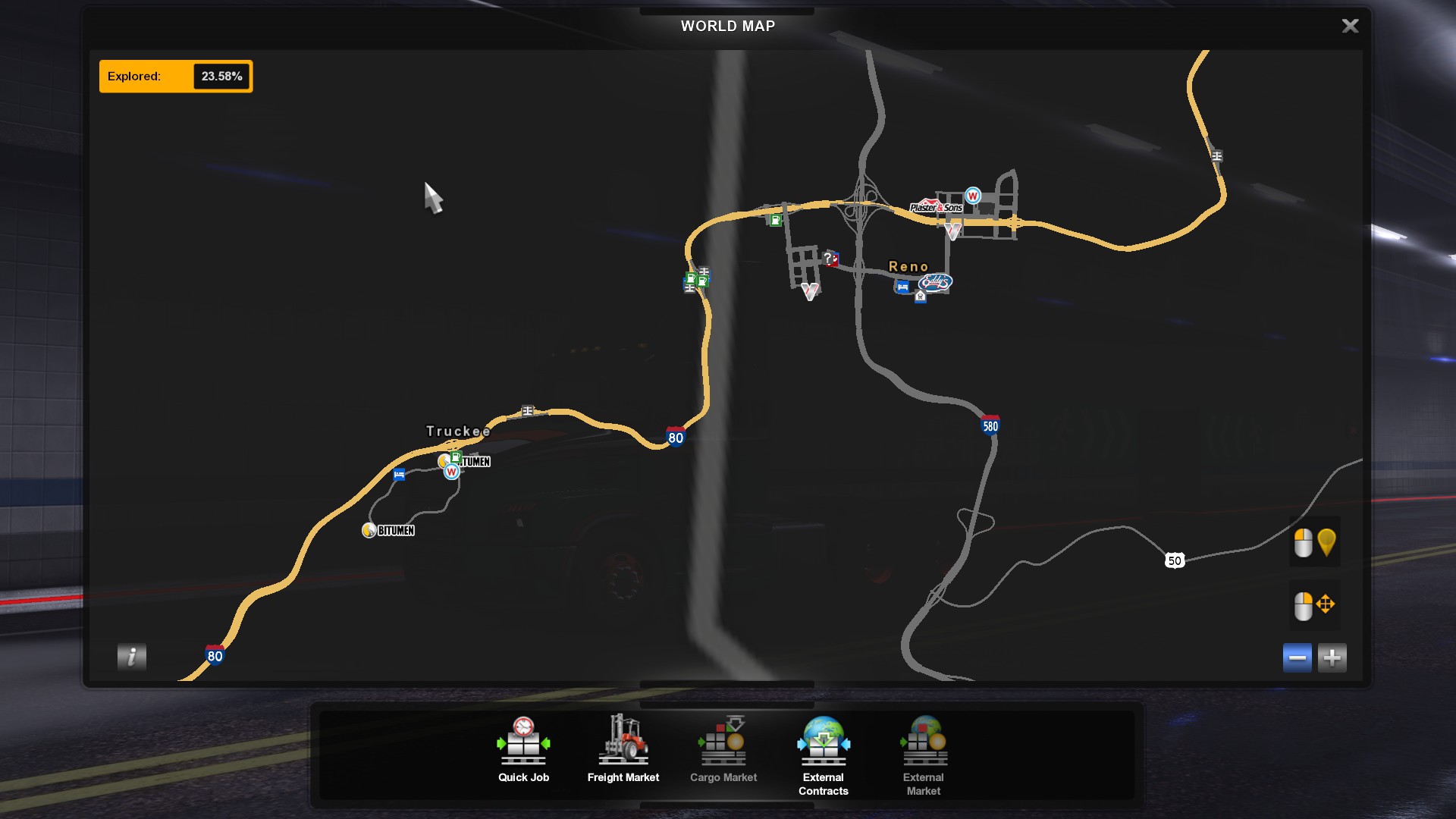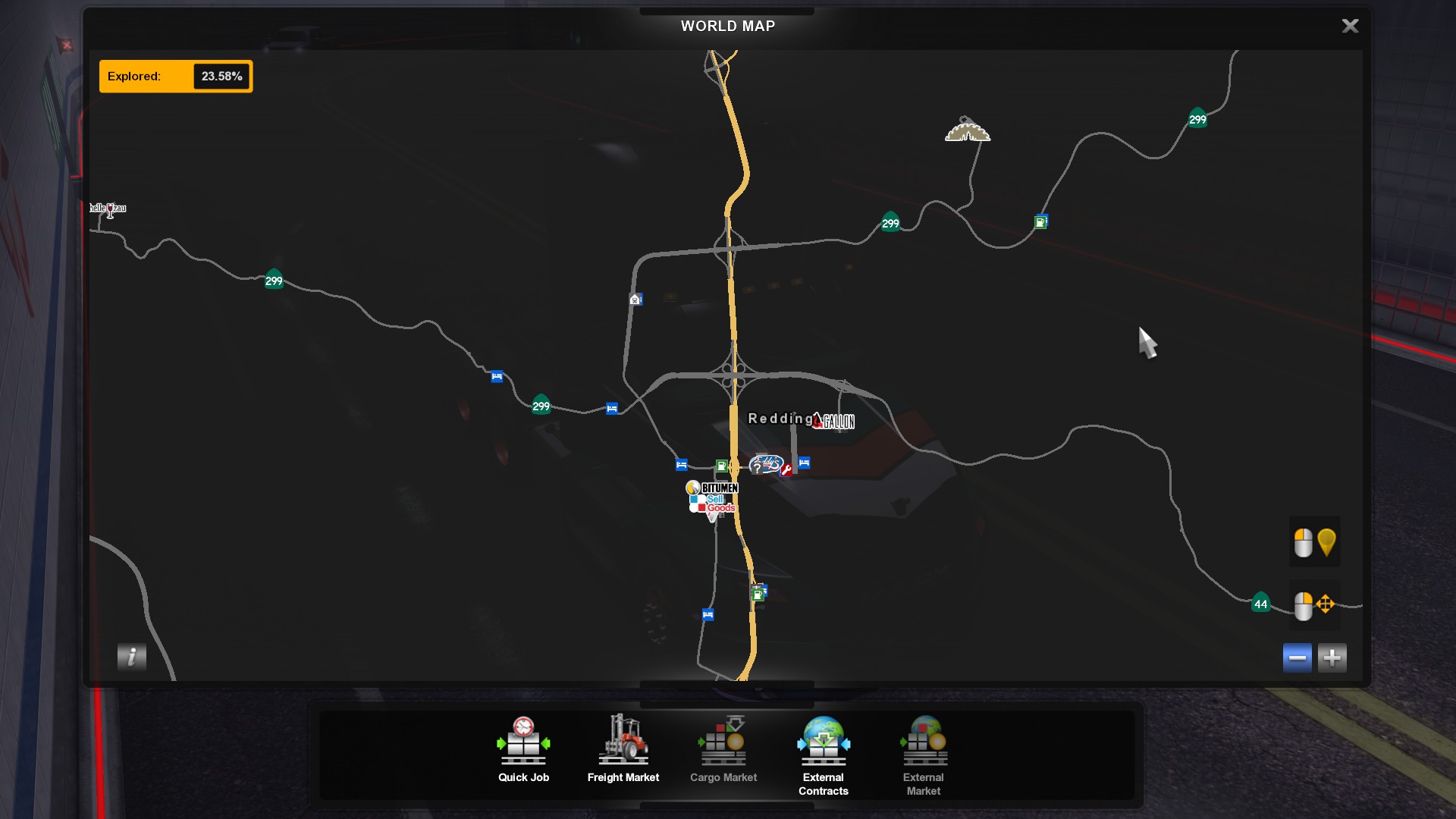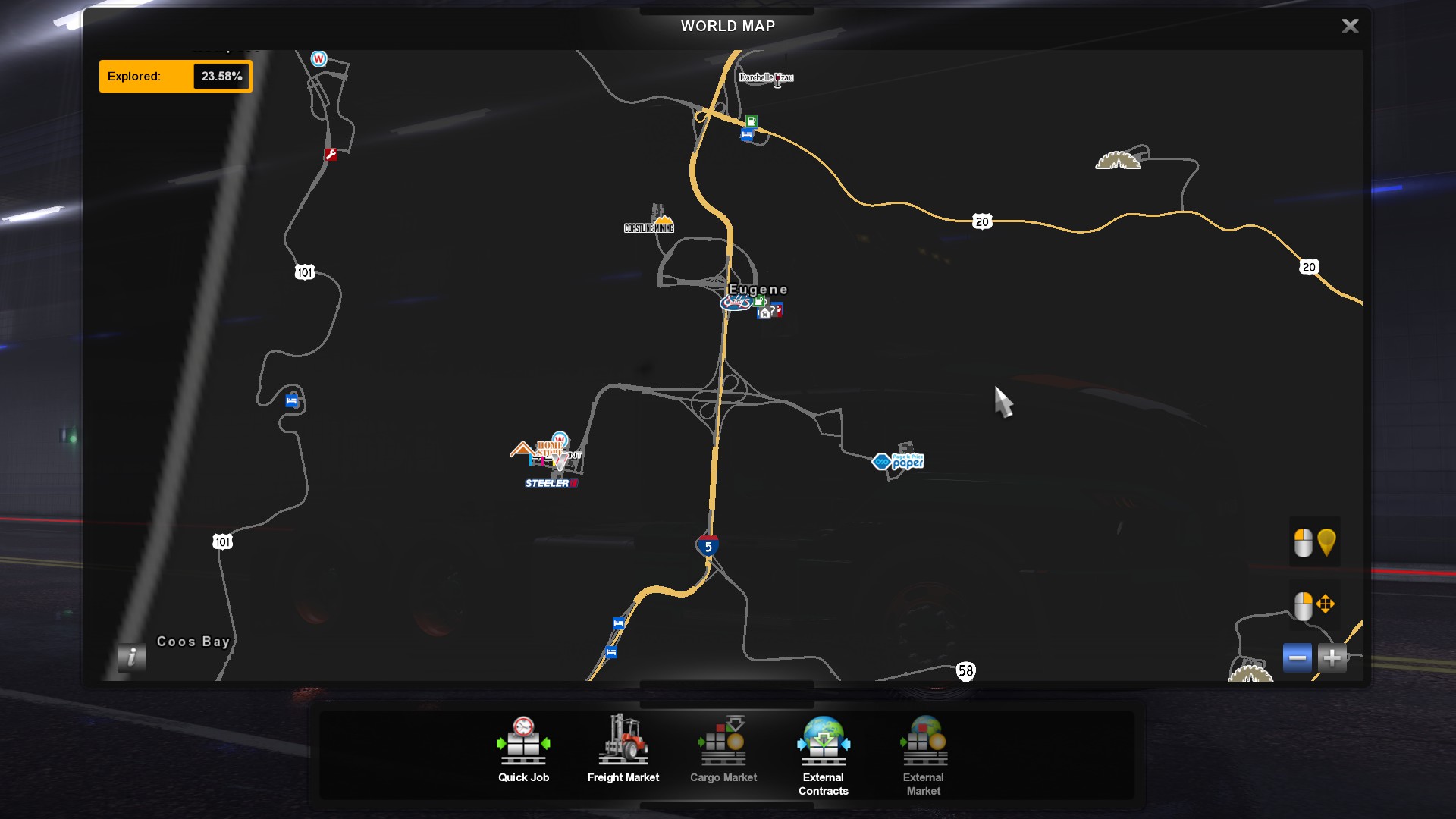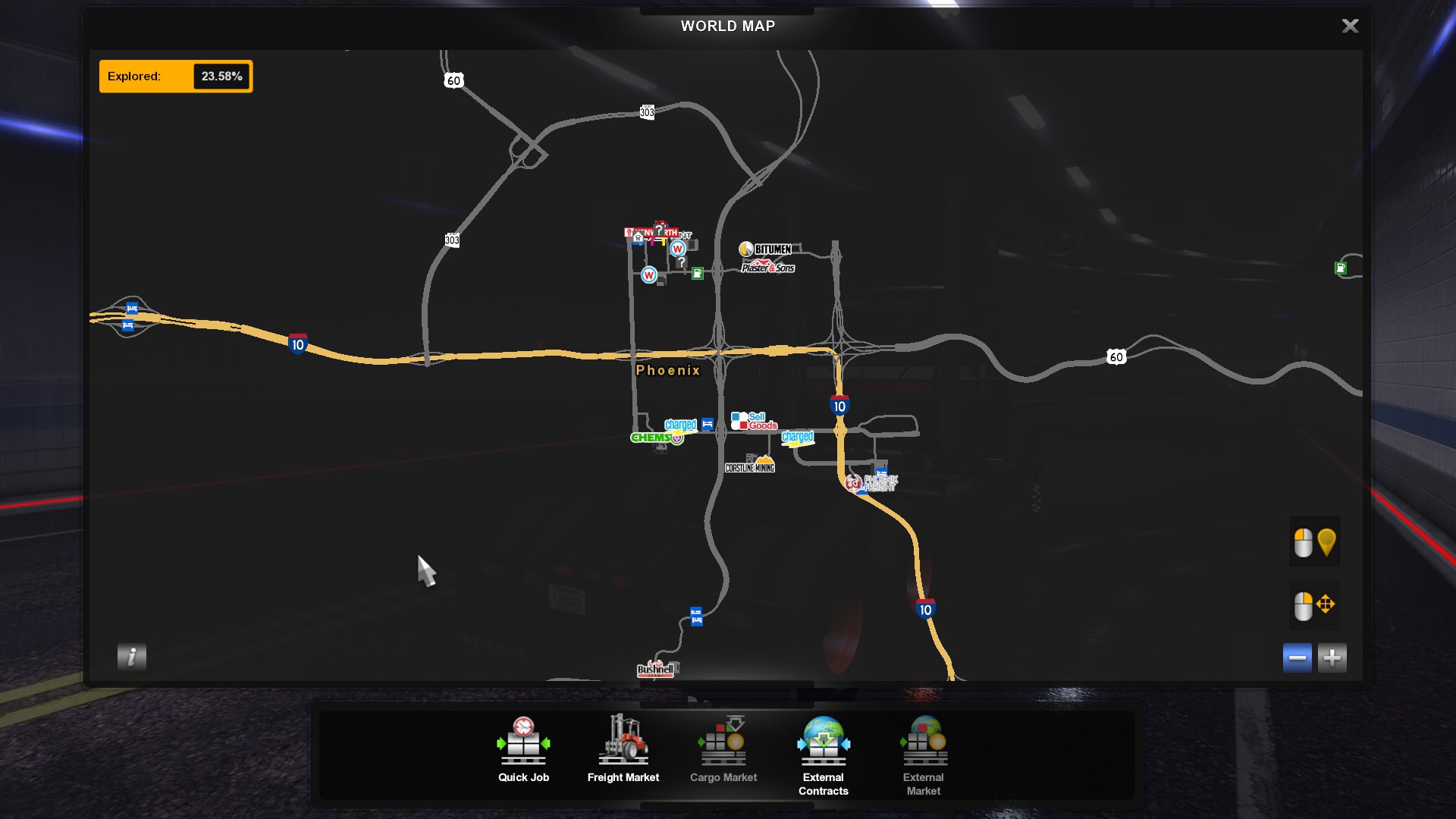Welcome to the first post in the Design Points series, where I take a closer look at different elements of game design. This will be the first of two posts about how small details in games impact player immersion in positive and negative ways. Today, we’ll focus on the negative impacts of these details in three games I have been playing recently: NHL 19, American Truck Simulator, and Tower 3D! Pro. While not compromising to the game as a whole, these details caught my attention during gameplay and diminished my state of immersion at the time.
Starting with EA’s NHL 19 for the PlayStation 4, I ran into some bugs during the “Be A Pro” mode. Yes, bugs as a whole detract from the player’s experience. However, the bugs I encountered weren’t wholly gameplay related. For example, the commentators discussed my team’s (Sabres) four game winning streak during the game following our overtime loss, and were talking about the Thanksgiving Day game during the second week of October. Furthermore, we had a win materialize out of thin air, where we have 11 points with a record of 5-3-1, despite playing only 8 games (see the image below). While these discrepancies point to large underlying issues on the backend, they stand out to the player from a design standpoint. They caught my attention and pulled me away from focusing on my next shift or the coach’s feedback from the previous game. I was no longer “being a pro” and was instead trying to process the incorrect information I had received.
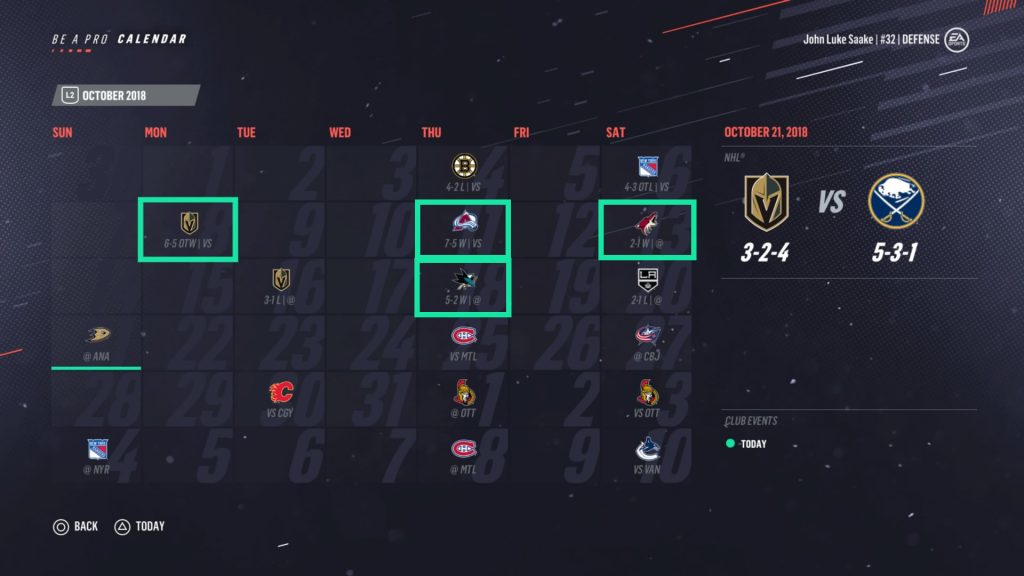
Let’s switch to PC with SCS Software’s American Truck Simulator (ATS). I love this game, and have spent countless hours hauling across the Western United States. However, I noticed a lack of consistency in discovering cities for the first time during gameplay. To give context, you discover a city when you enter it for the first time, which allows the player to view deliveries that originate in that city. The more cities discovered, the more job contracts you can choose from. Some cities trigger discovery as the player passes through while still on the freeway on the edge of the town (Reno, Phoenix, and Redding below), while others require the player to exit the freeway onto side streets (Truckee and Eugene). While I might be paying more attention to this than the average player, I like to plan my routes around discovering the most cities possible and it becomes increasingly frustrating to plan around and encounter this inconsistency. I suspect this comes down to where the city zones are placed on the level design side. Personally, I don’t care as much either way, but it would be less immersion breaking if this was consistent across the map.
Finally, let’s talk about Tower 3D! Pro, an air traffic control simulator that allows the player to use voice commands. Unlike the other two games, I feel that the details that break my immersion while playing this game are more down to circumstance and technology rather than bugs or design consistency. Voice comprehension is a finicky technology, having to understand accents and similar sounding phrases. As a result, it’s understandable that I may have to repeat myself several times in order to give the correct command to an aircraft, or that it won’t understand some of the obscure airlines encountered in the game. That being said, it seems to have no problem with me rattling off “Southwest 467, runway 17L, cleared to land” in the most incomprehensible manner. Like with ATS, it comes down to the feeling of consistency for the player. With Tower, I find myself getting into a rhythm the busier an airport gets. Having to repeat myself more than two or three times for a single aircraft disrupts that rhythm and pulls me out of the game. If it takes more than three times to give a command to an aircraft for whatever reason, I will often pause the game until the command is received.
So what do I think about immersion breaking details after discussing bugs that could be fixed, designs that could be made consistent and new technology that can have reliability issues. I still enjoy all three of these games and intend to sink many more hours into each of them. They are well made games that clearly succeeded in immersing me into their simulations before I encountered these issues. Good gameplay can sometimes outweigh small immersion breaking details if they don’t play a major impact on the core gameplay loop. I could turn off the commentary in NHL, the city exploration in ATS becomes irrelevant once all cities are discovered, and Tower provides ways to select aircraft without voice controls. It is a thin line to walk in game development, as details designed correctly will often go unnoticed. However, even small discrepancies can stick out like sore thumbs and deteriorate a player’s overall perception of a game.
In the next Design Points, I’ll talk about details that add to immersion.
At the time of writing this post, I am currently looking for paid game development work. If you, or someone you know, are looking to fill a Game Designer, Gameplay Programmer, or QA Tester position at an Associate or Junior level, please reach out to me via email or LinkedIn.
